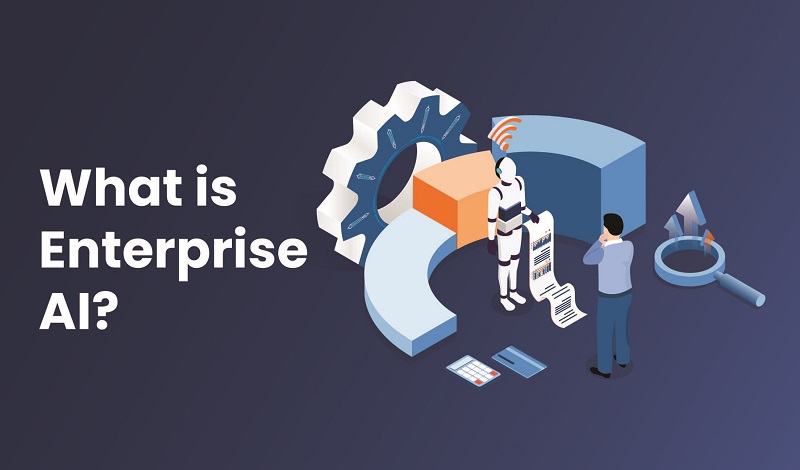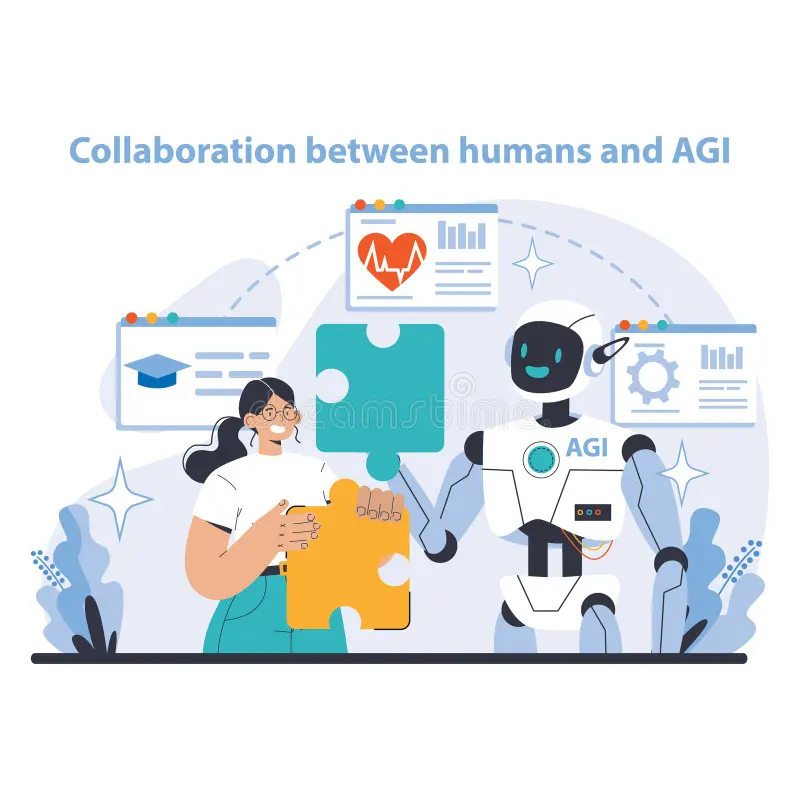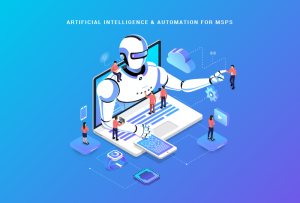Enterprise AI Engineering enables organizations to build scalable, secure, and responsible AI systems. Explore the frameworks, governance models, architectures, and technologies that power intelligent enterprises in the modern AI-driven era.

-
Introduction
-
What Is Enterprise AI Engineering?
-
Transition from Experiments to Enterprise-Wide Intelligence
-
Core Pillars of Enterprise AI Engineering
-
Building the Intelligent Enterprise: Key Use Cases
-
Human + AI Collaboration
-
Future Trajectory of Enterprise AI
-
Practical Roadmap for Adoption
-
Conclusion
Enterprise AI Engineering: 10 Powerful Strategies for Building Scalable, Secure & Responsible AI Systems
Introduction
Enterprise AI Engineering has rapidly evolved into the backbone of intelligent, digital-first organizations. What began as isolated research experiments is now the engine powering automation, analytics, decision-making, and enterprise-wide transformation.
Today’s enterprises build AI-powered workflows, intelligent platforms, autonomous decision engines, and adaptive systems that learn continuously. This marks a new era—one where Enterprise AI Engineering becomes essential for scale, security, governance, and long-term strategic advantage.
Artificial Intelligence has evolved from a research-centric technology into the foundational engine of digital transformation. Enterprises today are no longer merely experimenting with machine learning—they are building AI-powered operating models, intelligent workflows, automated decision engines, and adaptive platforms that continuously learn and evolve. This shift marks the rise of Enterprise AI Engineering, a discipline focused on designing, deploying, governing, and scaling AI systems with the rigor, reliability, and strategic vision required to power global organizations.
Unlike traditional software engineering or isolated data science initiatives, enterprise AI engineering brings together data architecture, MLOps, model governance, security, compliance, and business transformation. The goal is not simply to build models but to embed AI into the enterprise fabric—securely, ethically, and profitably. As the competitive landscape increasingly favors companies that can operationalize AI at scale, mastering enterprise AI engineering has become a mission-critical capability.
From AI Experiments to Enterprise-Wide Intelligence
For years, enterprises struggled to move AI from pilot projects to production systems. Proof-of-concept models often worked in isolation but failed when confronted with real-world complexity, scale, security, and governance requirements. That era is ending. Enterprises are now shifting from AI experimentation to AI industrialization, building robust pipelines that enable continuous delivery of AI capabilities across departments, products, and workflows.
This evolution is driven by several forces:
- Demand for efficiency and intelligent automation
- Explosion of enterprise data and multi-modal information sources
- Availability of cloud-native infrastructure and distributed computing
- Maturity of MLOps and operational AI frameworks
- Regulatory pressure for transparency and responsible AI use
- Executive mandates to build long-term AI advantage
AI is no longer a technology layer—it is becoming the decision layer of the enterprise, influencing finance, supply chain, cybersecurity, product development, and customer experience. Enterprise AI engineering is the discipline ensuring this decision layer is scalable, auditable, trustworthy, and continuously improving.
The Core Pillars of Enterprise AI Engineering
To succeed at enterprise AI deployment, organizations must master several interconnected pillars that align technology, governance, strategy, and culture.
Data Engineering and AI-Ready Architecture
Data is the fuel of AI. Enterprise AI systems require:
- Clean, structured, multi-modal data pipelines
- Data mesh or lakehouse architectures
- Real-time streaming and event-driven ingestion
- Metadata management and lineage tracking
- Strong privacy and access control mechanisms
AI-ready data infrastructure ensures models operate on reliable, compliant, and business-relevant information across silos.
MLOps and Continuous Model Lifecycle Management
MLOps enables repeatable, automated AI production cycles. It includes:
- Model training, validation, deployment, and monitoring
- Automated retraining and drift detection
- Performance dashboards and observability tooling
- CI/CD pipelines for ML
- Reproducible experimentation
MLOps is the backbone that turns AI from an experiment into a scalable enterprise asset.
Enterprise AI Platforms & Cloud-Native Compute
Enterprises leverage hybrid and multi-cloud AI stacks with:
- Distributed computing and GPU clusters
- Model orchestration and serving frameworks
- Vector databases and retrieval-augmented generation
- Foundation model hubs and private LLM layers
- Edge AI for real-time operational intelligence
Platform engineering ensures AI workloads run efficiently, securely, and flexibly across the global digital estate.
Responsible AI, Governance & Compliance
Modern AI systems must be ethical, transparent, and legally aligned. Enterprise governance includes:
- Bias detection and fairness controls
- Explainability frameworks and audit logs
- Guardrails for model access and usage
- Alignment with global regulations (EU AI Act, HIPAA, GDPR, SOC2, ISO)
- Secure data handling and zero-trust architectures
Governance protects organizations from operational, ethical, and legal risk while enabling innovation.
Security & Trust Engineering
AI systems require advanced security measures:
- Secure model supply chain
- Adversarial defense and robust ML techniques
- Data encryption and confidential computing
- Insider threat monitoring and identity security
- AI-specific cybersecurity monitoring
Trust is a prerequisite for enterprise adoption at scale.
Building the Intelligent Enterprise: Key Use Cases

Enterprise AI engineering unlocks strategic value across industries by transforming processes, decisions, and experiences.
Predictive and Autonomous Operations
Industries like manufacturing, energy, and telecom use AI for:
- Predictive maintenance
- Intelligent asset optimization
- Real-time anomaly detection
- Smart factory automation
- Field robotics and autonomous systems
AI shifts operations from reactive to predictive to autonomous.
Intelligent Supply Chains & Logistics Networks
AI enhances resilience and efficiency via:
- Demand forecasting models
- Inventory optimization
- Logistics network orchestration
- Transportation automation and dynamic routing
- End-to-end supply chain intelligence dashboards
Real-time AI agility reduces costs and ensures continuity.
Enterprise-Grade AI Assistants & Copilots
AI copilots are becoming core productivity tools, automating:
- Documentation and reporting
- Knowledge retrieval
- Code generation and QA
- Customer and employee support workflows
Custom enterprise copilots securely integrate internal knowledge systems.
Financial & Compliance Intelligence
In finance and regulated industries, AI powers:
- Real-time fraud detection
- Automated auditing
- Risk scoring and compliance engines
- AI-driven forecasting and revenue optimization
Enterprise-grade accuracy and governance are mandatory here.
Healthcare & Life Sciences
AI accelerates:
- Clinical decision support
- Drug discovery pipelines
- Patient triage and operational workflows
- Genomics and medical imaging intelligence
AI engineering ensures safety, transparency, and clinical trust.
Human + AI Collaboration and Organizational Culture

Enterprise AI success is not only technical—it is organizational. The future workforce is human-machine hybrid, where intelligence is extended rather than replaced.
Enterprises need:
- AI-literate leadership
- Cross-functional AI engineering teams
- Continuous skill programs for employees
- AI-augmented workflows in every department
- Ethical and cultural alignment
Roles such as AI architects, MLOps engineers, responsible AI leads, and prompt/LLM engineers are becoming core talent categories.
AI will not take jobs. People and companies who know how to use AI will replace those who don’t.
Future Trajectory: Toward Autonomous Enterprise Intelligence

Enterprise AI engineering is moving toward a reality where systems analyze, plan, optimize, and act autonomously. The next era will be defined by:
Adaptive AI Systems
Models that learn and evolve continuously in production.
Multi-Agent Cognitive Architectures
AI agents collaborating to perform tasks across enterprise functions.
Enterprise AI Fabric
Unified AI layer connecting all systems, datasets, and business workflows.
Digital Twins & Decision Intelligence
AI-powered virtual replicas for simulation, planning, and strategy.
AI-First IT and Business Models
Where AI drives strategy, not merely execution.
As enterprises adopt these approaches, AI becomes not just a capability—but the operating system of modern business.
Practical Roadmap for Enterprise AI Adoption
A proven maturity path includes:
- AI vision & executive alignment
- Data platform modernization
- Pilot use cases tied to business value
- MLOps and industrialization pipelines
- Governance, risk, and security frameworks
- Upskilling and AI culture programs
- Transformation to AI-native business operations
Organizations that execute deliberately will lead the next decade of digital dominance.
Conclusion
Enterprise AI engineering represents a new frontier in technology and business. It fuses advanced computing, software engineering, data science, cybersecurity, compliance, and innovation strategy into a unified capability that powers intelligent, self-optimizing organizations.
Those who treat AI as a side project will fall behind. Those who build secure, scalable, and responsible AI foundations will lead industries, redefine customer expectations, and unlock unprecedented value.
We are entering an era where enterprises evolve into self-learning, adaptive, intelligence-driven ecosystems. The organizations that embrace enterprise AI engineering today are architecting the future—one where human creativity and machine intelligence operate at transformative scale.
The intelligent enterprise is no longer a vision. It is the competitive reality of tomorrow, built by those engineering AI with discipline, ambition, and purpose today.


